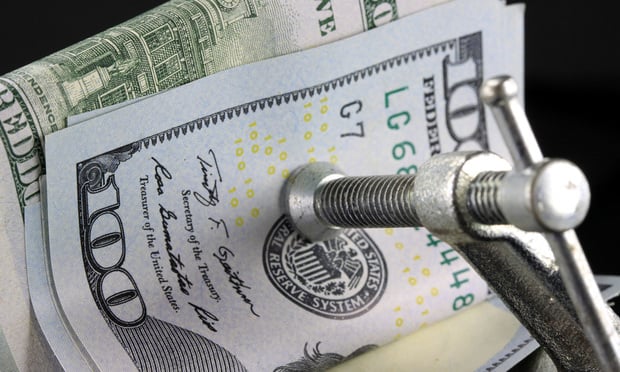"Contrary to popular belief, when commercial property prices are adjusted for inflation, real estate may currently be undervalued," says GRA chief executive Richard Wollack. "Using a base year of 1985, prices are not overblown by historical standards."
CBD office properties nationwide remain 10.8% below 1985 levels (and 14.1% below their peak price of 1987); warehouse properties show a decline of 3.5% (7% from the 1988 peak); and retail lost 5.1% (9% from the 1987 peak), according to the research, which applied the Bureau Labor Statistics' annual Consumer Price Index to annual nominal price information from GRA's longstanding National Real Estate Index. Only apartments effectively gained in real terms over the past two decades, with an inflation-adjusted appreciation of 43.6%.
"Not only is there more room to grow before reaching the historic highs of the 80s, there is reason to believe prices could surpass those previous highs and continue upward," says Wollack.
The one possible exception is the apartment market, which was undervalued in the 1980s, says GRA's chief operating officer Jim Sempere. "It wasn't until the 1990s that the apartment sector was finally recognized by institutions for its investment potential and that's when capital, both public and private, began to rapidly flow into that sector, driving up prices to a more comparable level and, we would argue, more appropriate valuations," he says. GRA chief economist Larry Souza says the apartment sector "should generally track other sectors going forward."
Another reason to GRA analysts expect US commercial property values will continue to rise without a hiccup is its position on the global stage. "By global standards, US commercial real estate prices are not outrageously high," says Daniel O'Connor, GRA's managing director of Global Forecasting and Research. "In fact, when placed in a global context, a pretty good case can be made that the US is playing catch-up."
O'Connor says that despite a much smaller spread in rents, office properties routinely fetch $600-$700, or even as much as $1,000, per sf in leading office centers around the world while the priciest market in the US only commands $550 per sf. "With the possible exception of lodging, there is scarcely a property sector in which U.S. property values are not lower than their global counterparts," O'Connor says.
The strong appreciation in real commercial property values shows up when the historical view is shortened. When the CPI adjustment is applied from 1993, the market low, to present, office properties show 48.3% appreciation while warehouse and retail showed 30.2% and 29.1% appreciation, respectively. As in the longer view, the apartment sector experienced the most appreciation, approximately 75% in real dollars.
"It is natural to look at any recent trend of rapid appreciation and fear that it cannot continue," Wollack says. "That's why we like to look at the numbers…they don't travel with emotional baggage."
Continue Reading for Free
Register and gain access to:
- Breaking commercial real estate news and analysis, on-site and via our newsletters and custom alerts
- Educational webcasts, white papers, and ebooks from industry thought leaders
- Critical coverage of the property casualty insurance and financial advisory markets on our other ALM sites, PropertyCasualty360 and ThinkAdvisor
Already have an account? Sign In Now
© 2024 ALM Global, LLC, All Rights Reserved. Request academic re-use from www.copyright.com. All other uses, submit a request to [email protected]. For more information visit Asset & Logo Licensing.








